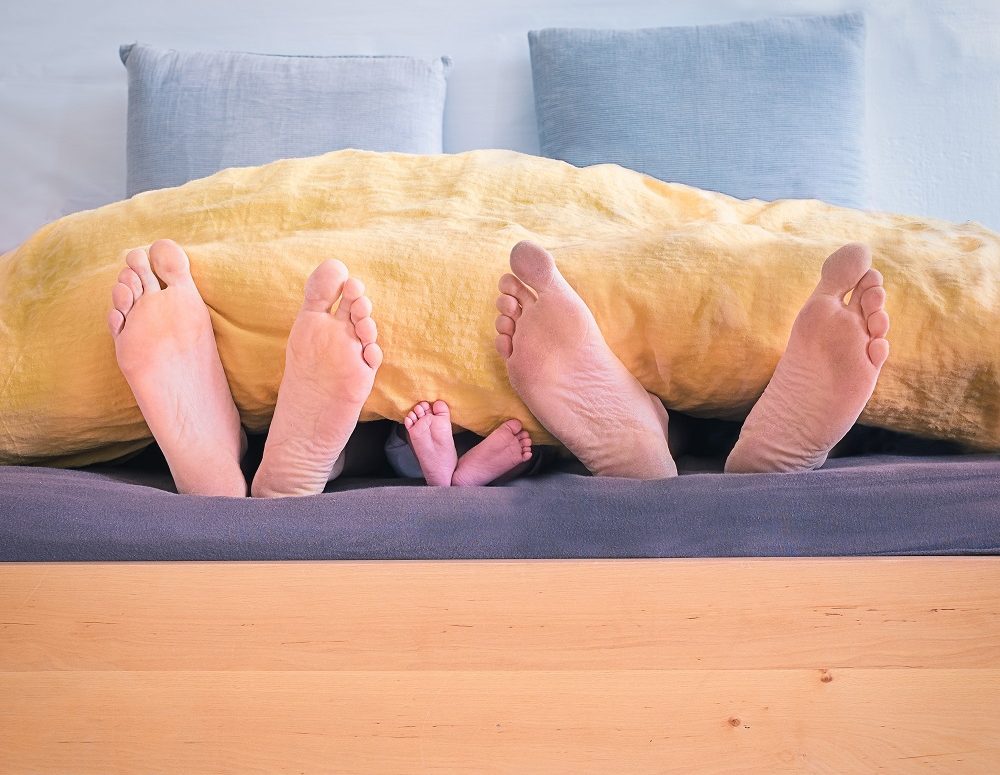Why does the sole of my foot hurt? Plantar fasciitis symptoms and risk factors

Many people will suffer at some point in their lives from plantar fasciitis. It is characterised by a sharp pain around the heel that appears when taking the first steps in the morning.
Symptoms
Plantar fasciitis produces pain at the bottom of the heel or sometimes at the bottom mid-foot area. Pain develops gradually over time and is usually described as sharp, although some people describe a burning or achy sensation.
The pain is usually worse in the morning when taking the first steps out of bed. People with plantar fasciitis don’t usually feel pain during the activity, but rather just after stopping.
Causes and risk factors
A ligament called plantar fascia extends along the sole of the foot. With age and overuse, this ligament loses elasticity which prevents the heel from cushioning effectively. Plantar fasciitis tends to develop as a result of over-stretching or overuse of this ligament.
Although plantar fasciitis usually occurs without a clear reason, there are 5 risk factors that can help bring about this health issue:
– Prolonged exercise. Frequent long runs or sports and activities that put a lot of repeated pressure on the foot’s heel.
– Age. Plantar fasciitis can appear at any age, but those over 40 are at a higher risk.
– Other foot issues. Flat feet or a bad gate may cause an unbalanced distribution of weight and an overloading on the heel.
– Overweight. Excess weight may also produce sustained excessive pressure on the feet.
– Prolonged standing. People who spend many hours on their feet, such as teachers, cashiers or security guards, are at a higher risk of developing plantar fasciitis. It is recommended they see a specialist for advice on suitable footwear or insoles that may help prevent or ameliorate plantar fasciitis.
Prevention
Besides losing weight and avoiding standing, the most recommended remedy for plantar fasciitis is adequate footwear.
It is important to always wear proper footwear, be it during exercise, work or daily life. Refrain from wearing high-heeled shoes and opt for anatomical options that provide comfort and support adequate to each person’s needs. Some people may require customised insoles, for which they should see a podiatrist.
How to alleviate pain
Generally, it is advisable for patients to frequently stretch their feet, particularly the sole, as this will loosen up the plantar fascia ligament and relieve pain.
See a specialist if plantar fasciitis is caused by a structural foot problem. The podiatry department at Hospital Ochoa is very experienced in treating this and other foot disorders.
https://hospitalochoa.com/es/especialidades/podologia-marbella/




